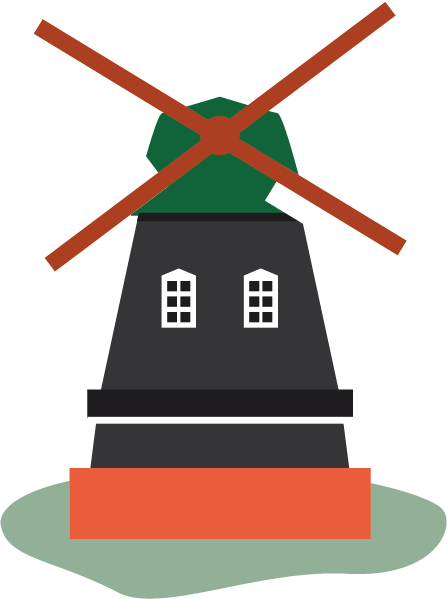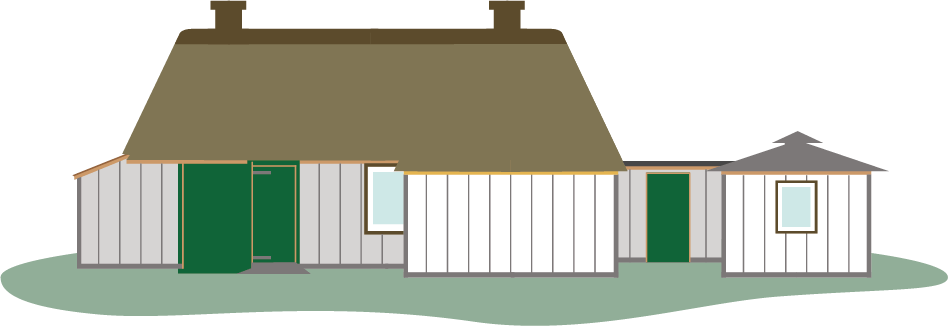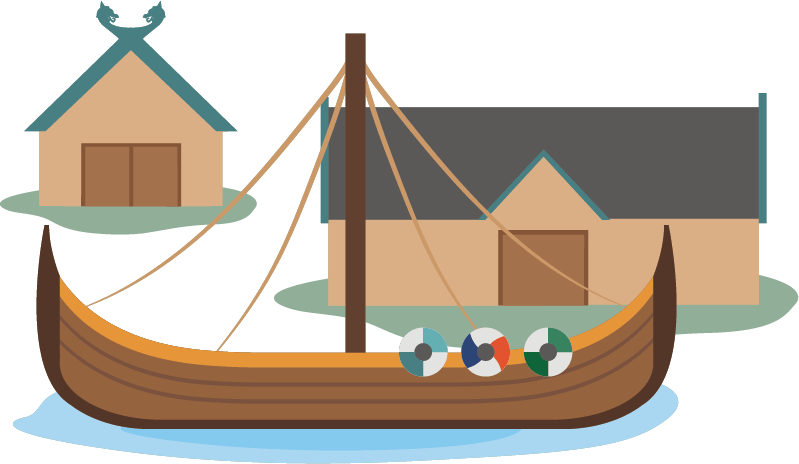About Kaj Munks Præstegård
When Kaj Munk had completed his theology studies in 1924, he applied for and received the position as parish priest in Vedersø. Although it took a little getting used to for the Lolliken turned Copenhagener to settle in West Jutland, Kaj Munk soon fell in love with both the nature and the people of the North Sea.
The vicarage included Vedersø Præstegård, and soon Kaj Munk, together with his wife Lise, had filled it with children, dogs, life and happy days.
In the vicarage, the bachelor Munk had set up a study, "Regensen", named after the dormitory in Copenhagen. But later the study was moved to the attic, where it was named 'Stærekassen' after one of the stages at the Royal Theater.
Kaj Munk was one of the most popular playwrights of the interwar period, his plays were staged to full houses, he was a regular writer in Jyllands-Posten and he made a name for himself with both hunting and travel books.
During World War II, Kaj Munk spoke out against the German occupying forces, and on January 4, 1944, he was picked up at the vicarage. He thought he was "just" being interrogated, but he was the victim of the first Danish clearing murder of the war.
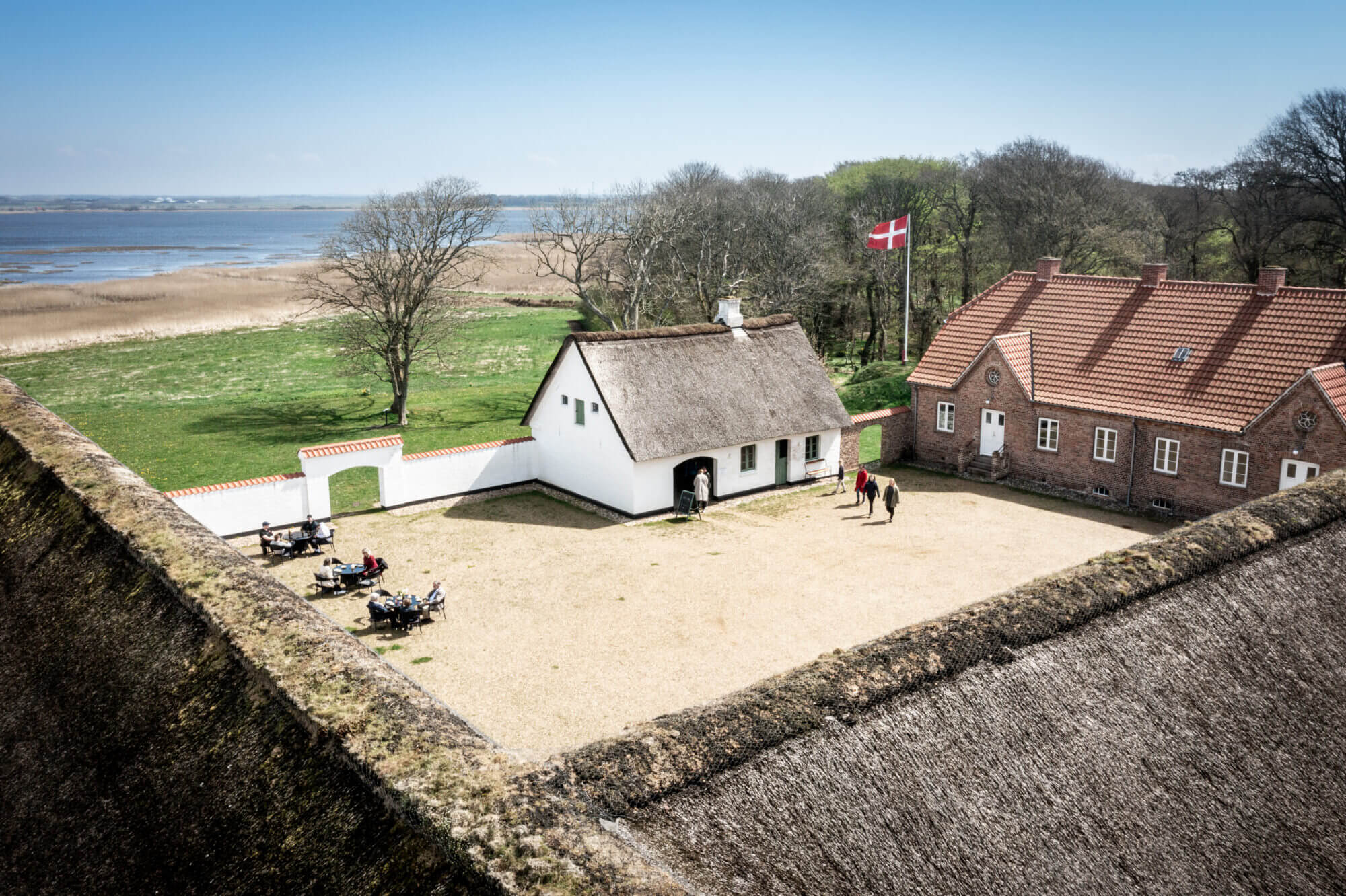
About Vedersø Præstegård
In the past, the manor house Aabjerg was located where the vicarage is today. From a letter of excommunication (a document containing an excommunication from the Catholic Church) written in 1350, we know that the knight Lago Rød owned the manor. It would take about 300 years before the manor Aabjerg became Vedersø Præstegård.
In 1626, the lord of the manor, Jens Juul, took over the original vicarage, which was located east of the church. He placed it under his newly built manor Ny Aabjerg, and made Gl. Aabjerg to Vedersø Presbytery. The vicarage's main building burned down in 1881, but was rebuilt under the rector - and father of architect Ulrik Adolph Plesner - Johan Frederik Plesner according to plans by Randers architect Frits Uldall. After Kaj Munk's death in 1944, the state bought the farmhouse "to be maintained as a memorial to Kaj Munk's life and work", and it was made available to Lise Munk until her death in 1998. It then became a museum.


